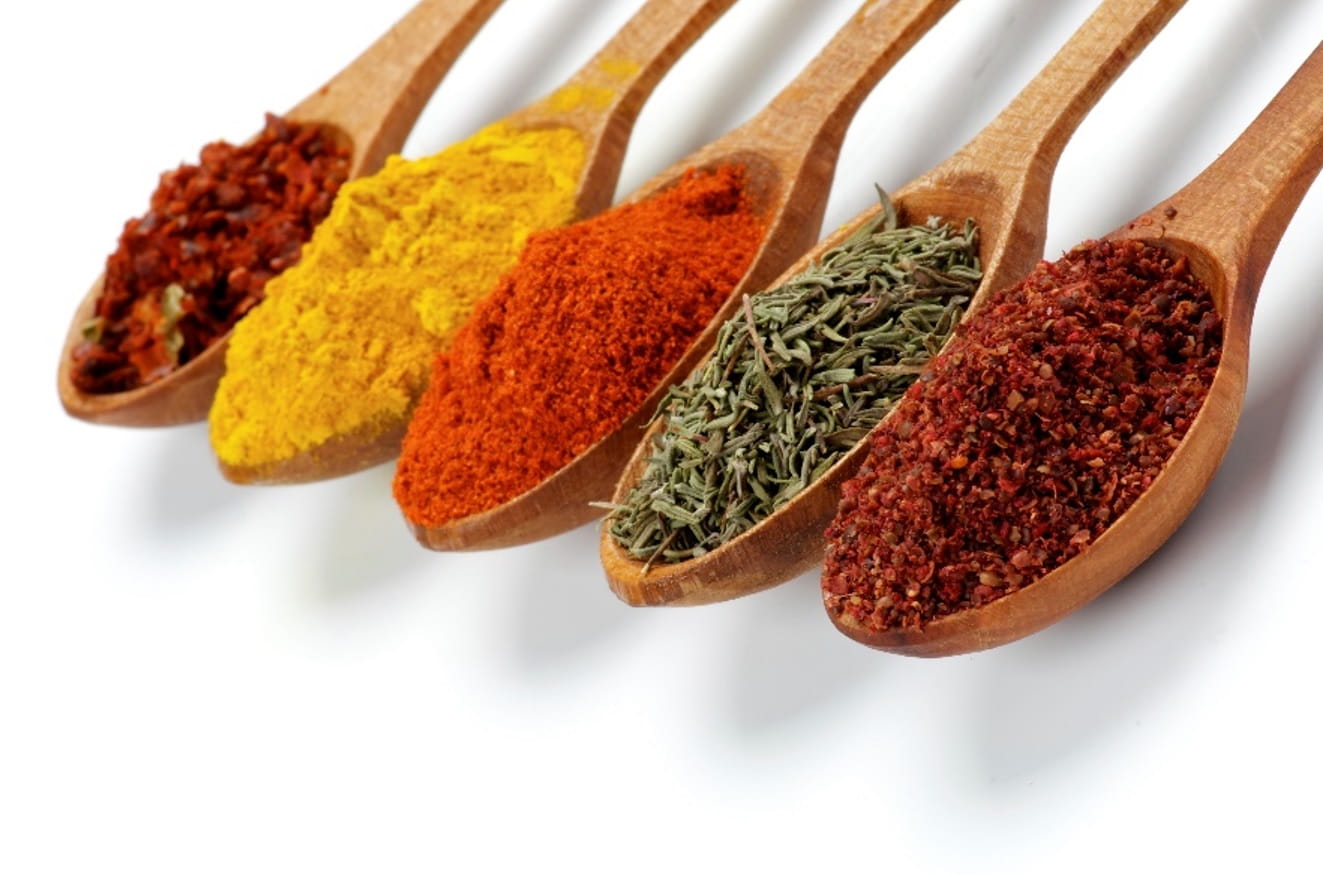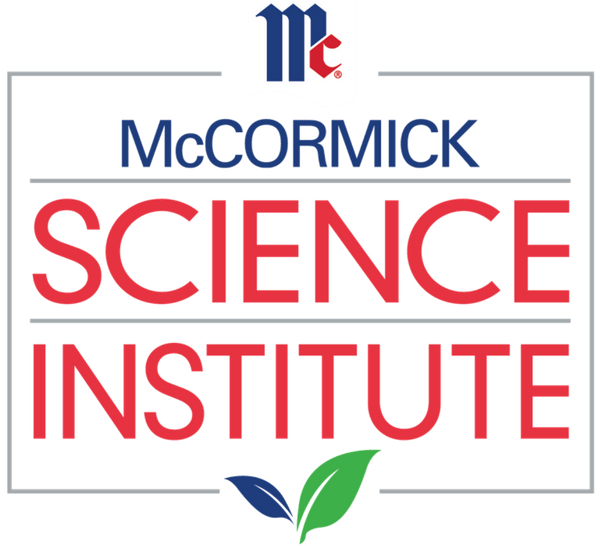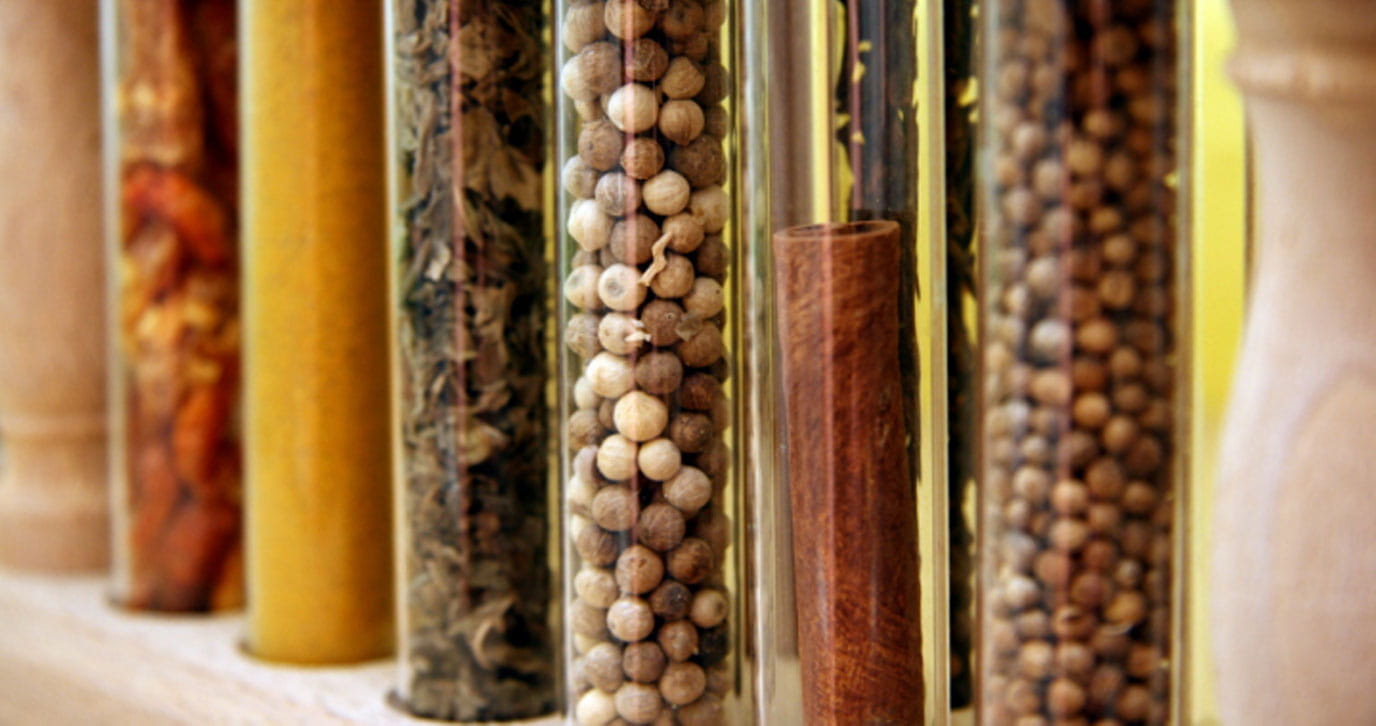July, 2024
Spices and Herbs Increase Vegetable Palatability Among Military Service MembersBioavailability of Herbs and Spices
Nieves, CJ , Montero, C, and Percival, S

April 2010-- A preliminary study, funded by the McCormick Science Institute and the University of Florida was presented at the 2010 Experimental Biology Meeting. The study found that compared to baseline, individuals who consumed spices and herbs for seven days did not have higher antioxidant blood levels (ORAC). However, those who consumed paprika, rosemary, ginger, heat-treated turmeric, sage, and cumin, had fewer DNA strand breaks (either inherent or induced by hydrogen peroxide in vitro) in lymphocytes, another measure of antioxidant status. Download the abstract (PDF)
The purpose of this study was to examine the bioavailability of 11 herbs and spices as a prelude to studying other health benefits. We hypothesized that changes in antioxidant activities in blood would be a sensitive measure of absorption.
After an overnight fast, volunteers (n=10-12 each spice) had a baseline blood draw, consumed capsules for 7 d, and returned for a second blood draw. Serum antioxidant capacity and DNA strand breaks in lymphocytes were measured. Serum antioxidant capacity was not significantly different between baseline and 7 d due to large individual variation.
Intrinsic DNA strand breaks were remarkably similar between and among subjects. Strand breaks induced by H2O2 were well controlled. A RM 2-way ANOVA measured significant differences in time and treatment for the number of strand breaks per cell or the percent of cells with strand breaks. There was no appreciable cell death during the oxidative stress phase of the experiment. Herbs and spices that did not have a significant effect were clove, black pepper, cayenne, cinnamon, and oregano.
Herbs and spices that protected lymphocytes against DNA strand breaks were paprika, rosemary, ginger, heat-treated turmeric, sage, and cumin. We conclude that compounds from these herbs and spices are absorbed.
Support from UF/IFAS Ag Exp Station & McCormick Science Institute
Reference
Nieves, CJ , Montero, C, and Percival, S. Bioavailability of Herbs and Spices. Experimental Biology (EB) annual meeting. Anaheim, California. April, 2010. Download the abstract (PDF)






